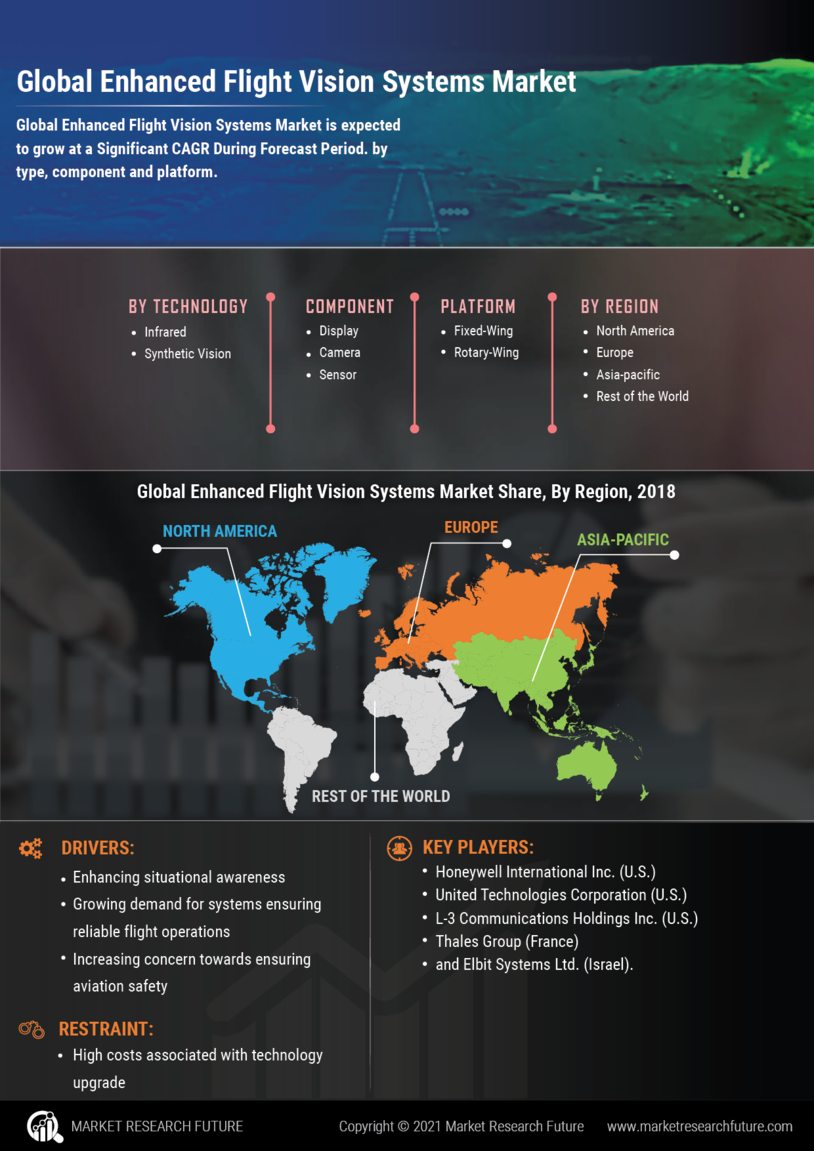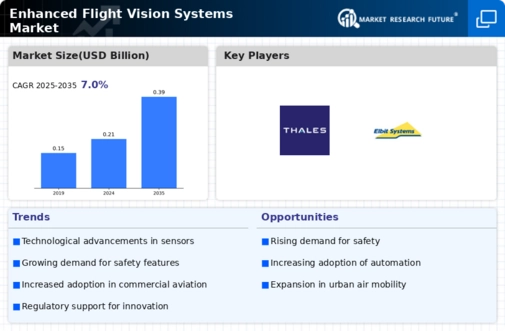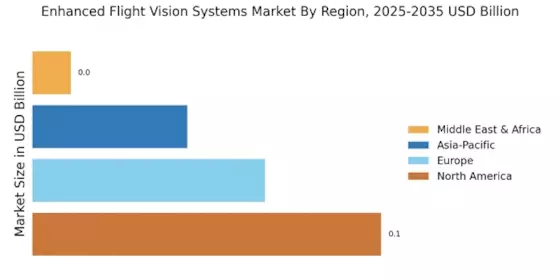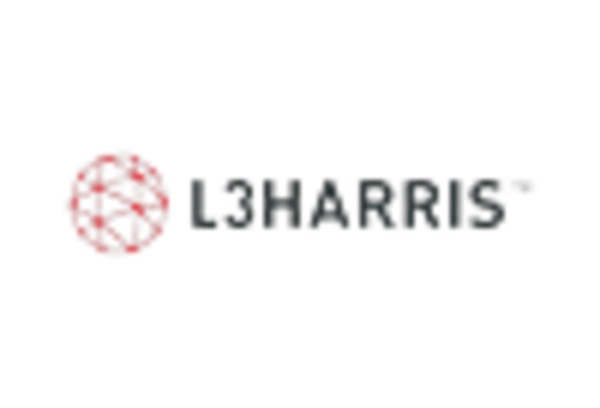Enhanced Flight Vision Systems Market Summary
As per MRFR analysis, the Enhanced Flight Vision Systems Market was estimated at 0.214 USD Billion in 2024. The Enhanced Flight Vision Systems industry is projected to grow from 0.229 in 2025 to 0.4504 by 2035, exhibiting a compound annual growth rate (CAGR) of 7.0 during the forecast period 2025 - 2035.
Key Market Trends & Highlights
The Enhanced Flight Vision Systems Market is poised for substantial growth driven by technological advancements and regulatory support.
- North America remains the largest market for Enhanced Flight Vision Systems Market, driven by high demand for advanced aviation technologies.
- The Asia-Pacific region is emerging as the fastest-growing market, reflecting increasing investments in aviation infrastructure and modernization.
- Infrared systems dominate the market, while synthetic vision systems are rapidly gaining traction due to their innovative capabilities.
- Key market drivers include technological advancements and regulatory support, which are fostering a focus on safety and automation in aviation.
Market Size & Forecast
| 2024 Market Size | 0.214 (USD Billion) |
| 2035 Market Size | 0.4504 (USD Billion) |
| CAGR (2025 - 2035) | 7.0% |
Major Players
Honeywell (US), Thales (FR), Rockwell Collins (US), L3Harris Technologies (US), Elbit Systems (IL), Northrop Grumman (US), General Electric (US), BAE Systems (GB), Garmin (US)


















Leave a Comment